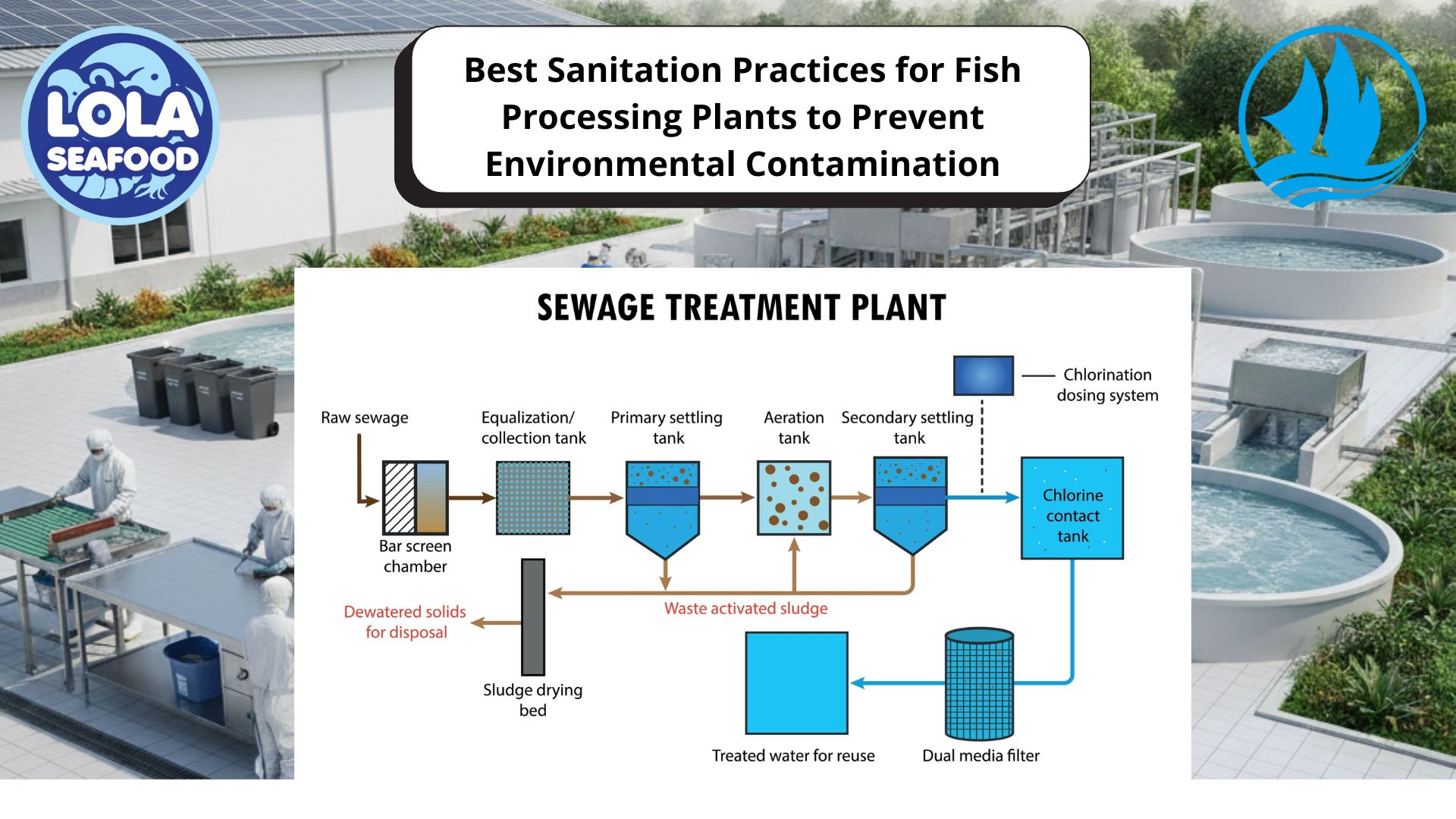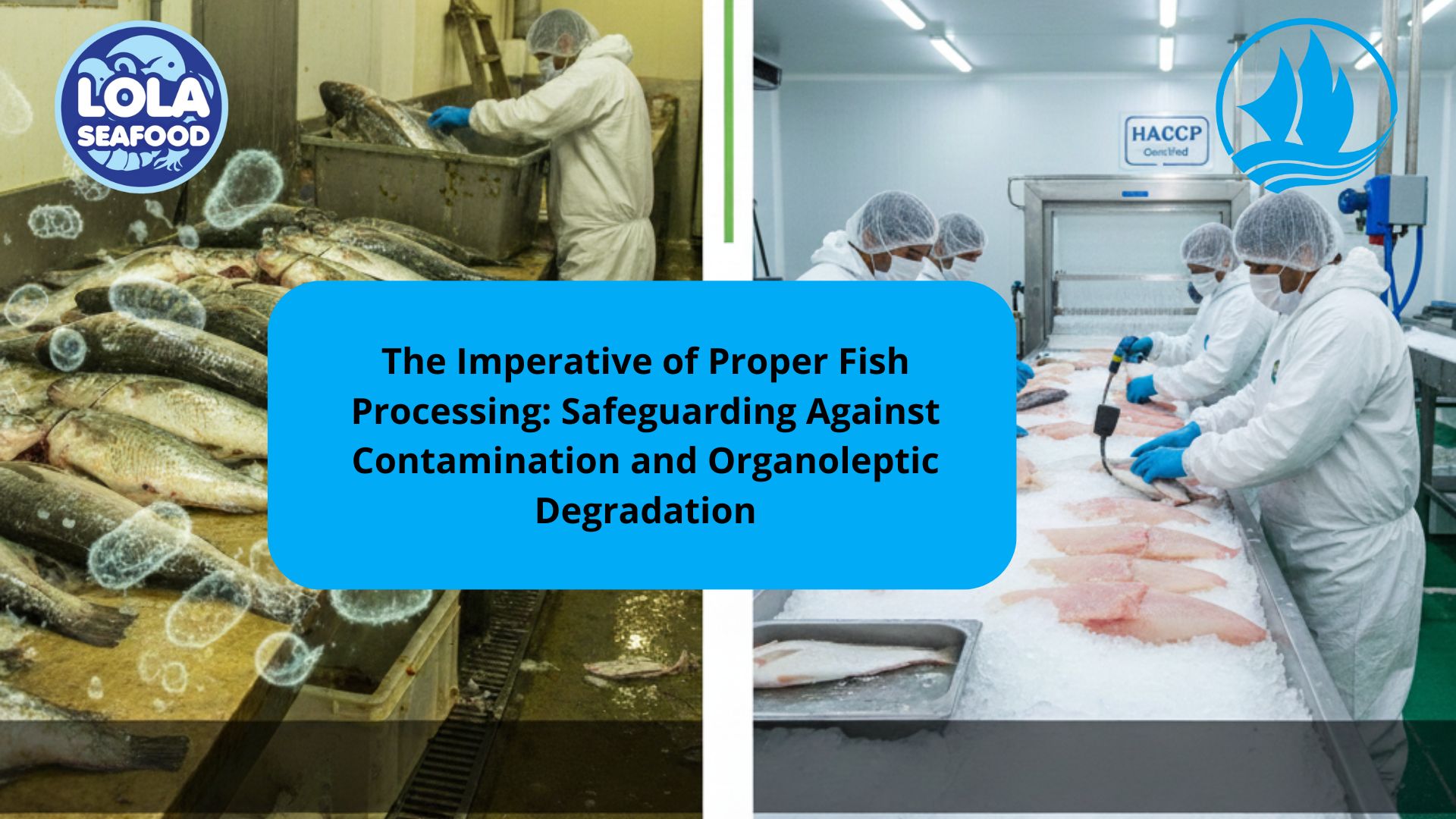LONG LINE FISHING
By. Najih - 25 Mar 2024.jpg)
Long line fishing, or long lining, is a commercial fishing method that uses hundreds, or even thousands, of baited hooks hanging from a single line which may be 50-100 km long.
There are two basic types of longlines: traditional rope, also known as basket gear, and monofilament gear — with some combinations and variations. A longline is made up of units or sections of line that are called baskets. A basket of longline gear is the amount of mainline and branch lines in between two floats. The term is used both for basket gear and for monofilament gear. A basket may contain from 4 to 40 branch lines.
The mainline is suspended in the water by a series of floats, or buoys, that are attached to the mainline by float lines. The line is set and hauled once a day from a moving vessel. It is allowed to drift or soak on its own for four to eight hours in between setting and hauling. A typical longline set from a medium-scale longliner would be about 30 to 60 nm long and have about 1200 to 2500 hooks. A typical longline trip on a medium-scale longliner would last about one to three weeks and the line would be set about 6 to 12 times — once each fishing day.
Baited hooks are attached at regular intervals along the line. Longline bait can include squid, mackerel, and sardines – though this can depend on what appeals to the target species.
The longline is left in the water for some time, allowing the baited hooks to attract and catch fish. The duration of the soaking period can vary based on fishing regulations, the behaviour of the target species, and number of hooks deployed. Target species: tuna, swordfish, other pacific billfish.
The negatives of long line fishing is bycatch of vulnerable species and high seas fisheries have been particularly associated with catching endangered seabirds, sharks and sea turtles.

The Legal Shark Value Chain: Identifying Critical Control Points for Cost Efficiency and Value Enhancement from Catch to Consumer

Global Trust Across Three Segments: How the HACCP System Ensures Premium Quality for Demersal, Pelagic Fish, and Legal Shark Product Utilization
.jpg)
Green Investment, Profitable Harvest: How Sustainability Practices Reduce Operating Costs in Fish Fillet Processing Plants (Skin-On and Skin-Less)
 in Meeting Global Protein Demand Sustainably.jpg)
Sustainable Aquaculture: The Role of Recirculating Aquaculture Systems (RAS) in Meeting Global Protein Demand Sustainably




